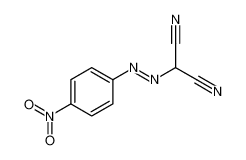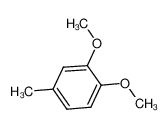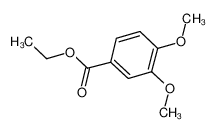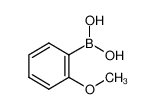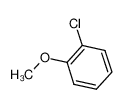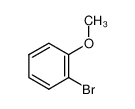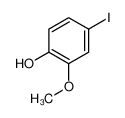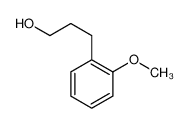

-
guaiacol
CAS No.90-05-1
Formula:C7H8O2
Guaiacol is a naturally occurring organic compound with the formula C6H4(OH)(OCH3), first isolated by Otto Unverdorben in 1826. Although it is biosynthesized by a variety of organisms, this yellowish aromatic oil is usually derived from guaiacum or wood creosote. Samples darken upon exposure to air and light. Guaiacol is present in wood smoke, resulting from the pyrolysis of lignin. The compound contributes to the flavor of many compounds, e.g., roasted coffee.
Formula
C7H8O2
Molecular Weight
124.137
Exact Mass
124.052
LogP
1.4008
PSA
29.46
Synonyms
Guaiacol
Phenol, 2-methoxy-
expand collapse
Appearance & Physical State
off-white crystals
Density
1.12
Boiling Point
205ºC
Melting Point
27-29ºC
Freezing Point
28℃
Flash Point
82ºC
Refractive Index
1.543-1.545
Water Solubility
17 g/L (15 ºC)
Stability
Stable, but air and light sensitive. Combustible. Incompatible with strong oxidizing agents.
Storage Condition
Refrigerator
Vapor Density
4.27 (vs air)
Vapor Pressure
0.11 mm Hg ( 25 °C)
RTECS
SL7525000
Safety Statements
S26
WGK Germany
1
Risk Statements
R22; R36/38
HS Code
2909500000
RIDADR
UN 2810
Hazard Class
6.1(b)
Packing Group
II
Caution Statement
P280; P301 + P312 + P330; P305 + P351 + P338; P337 + P313
Hazard Declaration
Caution Statement
1.Synthesis Route
2.Synthesis Route
3.Synthesis Route
Home
> Encyclopedia
> Biochemicals and Pharmaceutical Chemicals
> Pharmaceutical Intermediates
> guaiacol
Related Compound Information
Copyright © 2015 MOLBASE All Rights Reserved.
ICP Shanghai 14014220





